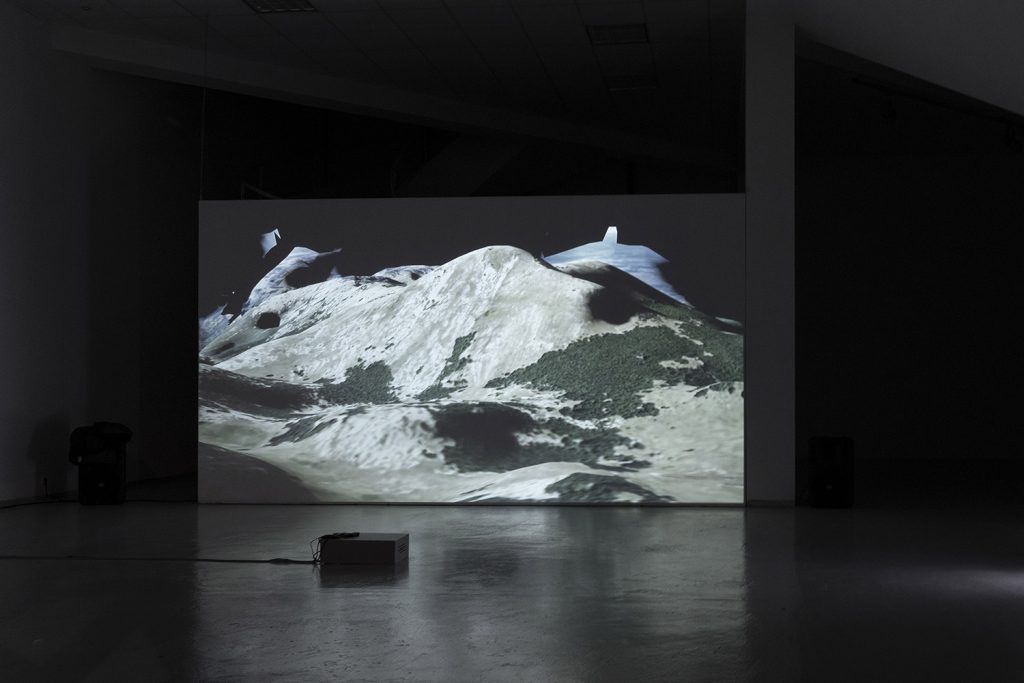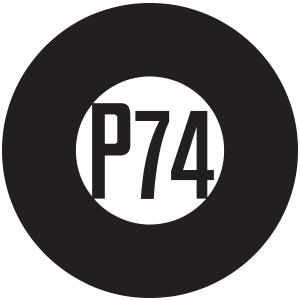
Photo: Tin Dožić
6 – 27 November 2025
P74 Gallery
You are cordially invited to attend the opening of the exhibition Dromomania by Tin Dožić on Thursday, 6 November 2025, between 7pm and 9pm at the P74 Gallery in Ljubljana.
The exhibition will be on view till 27 November 2025 at the usual opening hours of the Gallery (monday to friday, 12.00 to 18.00, extra viewings upon individual arrangement).
_____
Ian Hacking’s 1998 book, Mad Travelers: Reflections on the Reality of Transient Mental Illnesses, explains the meaning of the term »dromomania«, from which both the project and the exhibition by Croatian artist Tin Dožić derive their titles. The now obsolete term was used in the mid-19th century to signify a psychiatric diagnosis that no longer exists and could be described as »pathological tourism«. The most famous example and the first person in the world to be diagnosed with dromomania was a Frenchman by the name of Jean-Albert Dadas (b. 1860), who used to impulsively travel all over Europe – dromomania was characterised by an irresistible desire to wander without apparent reason or even awareness (similar to today’s so-called dissociative fugue). Tin Dožić’s multimedia installation explores the relationships between an individual’s condition, travelling, the experience of reality, and the contemporary production of images that accompany all forms of motion.
The Dromomania project (2022) was developed based on three of the author’s artistic gestures/actions: sailing on the Sava River on a raft from Zagreb to Sisak, building a temporary forest cabin in a nature park on the Medvednica peak in Zagreb, and walking along sections and peaks of the Via Adriatica hiking trail. It can be said that his main research and production method in this piece was travelling, which itself turns out to be a kind of variant of fugue or dromomania. Dožić deliberately moves alone, through areas where he seeks solitude. If the construction of a cabin in the forest and the rafting (approx. 90 km) do not demonstrate this sufficiently, the decision to take a hiking trail that stretches from Cape Kamenjak to Cape Oštro and to deliberately avoid populated areas is more than telling. However, no desire for escapism or disorientation can change the fact that the attempt to escape from civilisation is, in the final analysis, bound to be unsuccessful.
In an era characterised by the commodification of travelling and mass tourism, dromomania appears to be appealing and significantly contributes to image production, as Dožić notes in his essay, titled Perspective, Fugue, and Disorientation (2022):[1] »[…] visual hyper-representation of the land only signifies our detachment from it. It seems that there are more digital photographs of places than there are places themselves«. On the one hand, we can find images of the world recorded in photos on social networks (as documentation of our travels), but on the other hand, every movement is detected and recorded as a dot on a map (via GPS). Furthermore, our perception is increasingly replaced by the gaze of a machine. Attempts to find lost spaces and opportunities to escape into nature are thus only possible until we start thinking about what kind of digital footprint we are leaving, and that we are never truly alone. Where or how can we direct our gaze to keep the ground under our feet? Is there a way for the loss of balance to lead us to a new freedom of representation that will gradually take shape on the most fragile links of new visualities?
[1] Available in English at the web address: https://akademija.whw.hr/posts/perspective-fugue-and-disorientation
_____
Tin Dožić (Rijeka, 1989) completed a degree in psychology at the University of Zagreb’s Croatian Studies (2016) and a degree in new media at the Academy of Fine Arts in Zagreb (2016). His practice often centers on sound media, engaging in field recording, radio, experimental music, and multimedia installations. Dožić’s work is based on exploring media, with interests in media materiality, (dark) ecology, DIY culture, the Anthropocene and geology, the intersection of science and art, as well as sleep and dreams. He has exhibited and performed on various platforms in Croatia and internationally, both individually and in collaborative projects. Dožić’s work Songs for the Anthropocene won the Golden Watermelon Award at the Media Mediterranea Festival in 2018. He was a finalist for the Radoslav Putar Award in 2019 and is an alumnus of the WHW Academy (2019/2020). As part of the creative team with Sven Sorić (visual identity), Hrvoje Spudić (visual identity), Sara Salamon (video animation), and Tin Dožić (sound design), he received the Young Artists’ Award at the 55th Zagreb Salon of Applied Arts and Design (2020) for the visual identity of the 30th Music Biennale Zagreb (MBZ). Dožić, along with collaborator Udovčić, received the Young Artist Award (under 35) at the 58th Zagreb Salon of Applied Arts and Design (2024) for their work Šumska koliba. He is a member of the Croatian Freelance Artists’ Association (HZSU).
_____
Curator: Nina Skumavc
Project authorship: Tin Dožić
Collaborators in the raft journey: Jasen Vodenica, Sven Sorić
Cabin architecture: Mirna Udovičić
Cabin construction: Hrvoje Đukez
3D photographic scan of Horvat’s stairs: Branimir Tadić
Acknowledgements: Format C Art Organisation, Ivor Glavaš, Neža Knez, Karla Lebhaft, Ivan Marušić Klif, Branimir Norac, Mirna Pavičić, Sonja Pregrad, Fran Smajli, Hrvoje Spudić, Jakov Tabula, WHW Academy
The project has been produced in cooperation with the Domino Association, 90-60-90 Gallery, Metamedija Association, and with the support of the Ministry of Culture and Media of the Republic of Croatia and the City of Zagreb.
Co-funded by the Creative Europe program of the European Union within the cooperation project ACT: Art, Climate, Transition, implemented in Croatia by the Domino Association.
